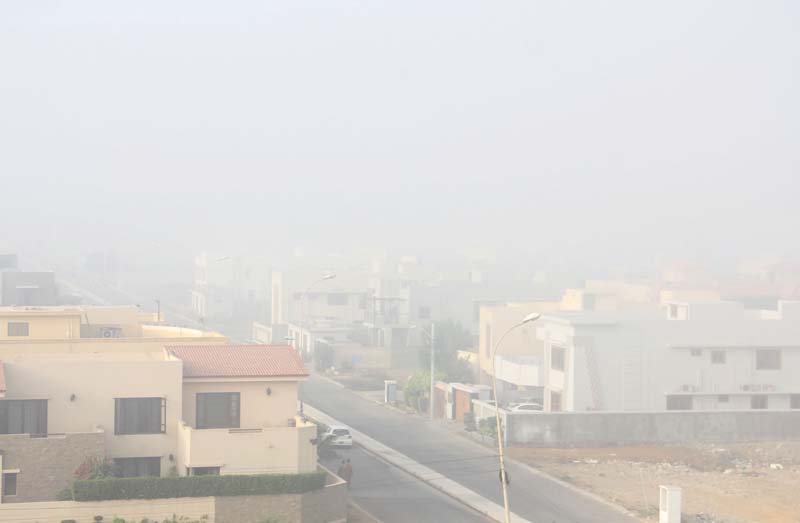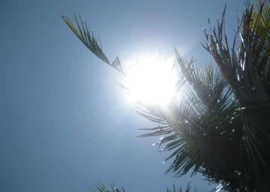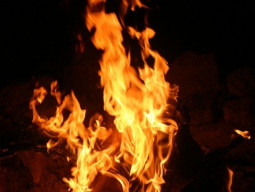
A thick cloud of smog, as defined by Karachi regional meteorological director Shahid Abbas, comprising nitrogen oxide, carbon monoxide, sulphur dioxide and other aerosols - as a result of cold high pressure in the upper atmosphere - has already engulfed Lahore and parts of Punjab after it originated from India.
Three Pakistani cities among most polluted cities in the world
In World Health Organisation's Urban Ambient Air Pollution database, Karachi has been ranked at number 14 among the 20 most air polluted cities of the world.
Karachi has been suffering since several years as environmental issues have never been a priority for the successive governments, said Urban Resource Centre joint director Zahid Farooq.
More than 12,000 tonnes of solid waste is generated by the city, out of which only 4,800 tonnes reaches the landfill site, while the remaining 7,200 tonnes is set on fire, which that remains in the atmosphere, said Farooq.
Emphasising the need to create a proper solid waste management system, Farooq said that the city has only two landfill sites that are located far away from the city and, therefore, in order to save fuel and budget, the municipal authorities burn the garbage wherever it suits them.
Along with the solid waste generation, the four million vehicles emitting dangerous fumes also contribute to air pollution, said Farooq. Pollution from industrial areas is also a major contributor, he added.
One plus point will save the city from getting affected from smog, said Arif, while referring to the sea breeze.
Elaborating his point, Arif said that although the city's air pollution is far more dangerous than that of Lahore, the sea breeze blows away the toxic fumes emitted from the industries, vehicles and the burning of solid waste from the city.
Dr Seemin Jamali of the Jinnah Postgraduate Medical Centre advised citizens to use masks to protect their face and to cover their hands frequently. Though smog has not yet affected any citizen of Karachi, it can cause irritation to the eyes and lung infections that will cause breathing issues, said Jamali. People already suffering from issues related to lungs should avoid going outdoors in such situations, she added.
Meanwhile, Abbas told The Express Tribune that there are fewer chances for smog to prevail in a city like Karachi as the weather condition of the city does not suit smog.
Most Polluted Cities: Peshawar ranks second in WHO report
In the case of Lahore, there are many industrial cities around Lahore and it is surrounded by the toxic fumes of the industries. However, Karachi does not have any industrial city in its surroundings, except the suburbs. Therefore, there are less chances that Karachi will get affected from smog as the industrial fumes generated from Karachi are blown away by the sea breeze, said Abbas, while explaining how Karachi is safe from smog.
However, ecologist Rafiul Haq said that in 2015, we saw that the same sea breeze was at a freeze and that caused more than 1,000 deaths in the city. The plus point of sea breeze can itself become deadly when it is not available, said Haq. It is better to control pollution rather than relying on sea breeze, he emphasized, adding that the high-rise buildings in the city have become a barrier for the winds blowing in the lower density areas, therefore one cannot solely depend upon sea breeze.
Published in The Express Tribune, November 9th, 2016.




1732538123-0/BeFunky-collage-(90)1732538123-0-165x106.webp)












COMMENTS
Comments are moderated and generally will be posted if they are on-topic and not abusive.
For more information, please see our Comments FAQ